Berry Identification: Blackberry, Raspberry, Black Raspberry
mooserider
11 years ago
Related Stories

CONTAINER GARDENSPatio-Perfect Berry Bushes Like You’ve Never Seen
Small enough for pots but offering abundant fruit, these remarkable bred berries are a boon for gardeners short on space
Full Story
FARM YOUR YARDHouzz Call: Home Farmers, Show Us Your Edible Gardens
We want to see where your tomatoes, summer squashes and beautiful berries are growing this summer
Full Story
GARDENING GUIDESYes, You Can Grow Food in a Shady Yard
Your shady garden doesn’t have to be forever barren. Berries, herbs and other shade-loving plants can produce a delicious bounty
Full Story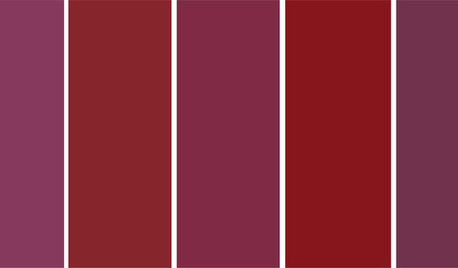
REDRavishing Reds, Pinks and Purples for Fall 2012
Whether you love a fine wine color or go cuckoo for berry, this season's runways are offering some hues for your home to savor
Full Story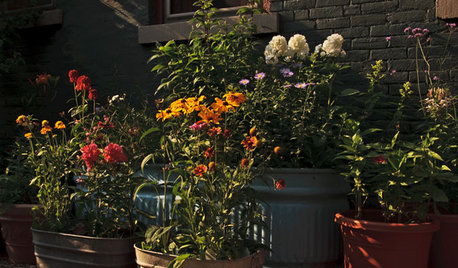
GARDENING GUIDESGreat Lakes Gardener: What to Do In July
Gather juicy berries and breathe in the lovely scent of lilies, but don't forget to stay on top of watering needs and shake off the beetles
Full Story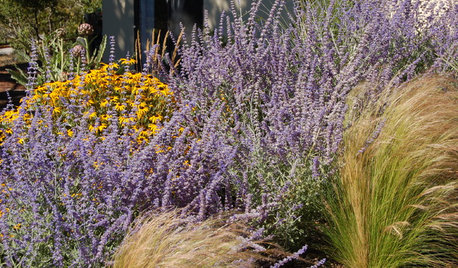
CALIFORNIA GARDENINGSouthern California Gardener's November Checklist
Sow wildflower seeds while ye may, give berries some love and pay attention to produce for garden veggies all winter long
Full Story0
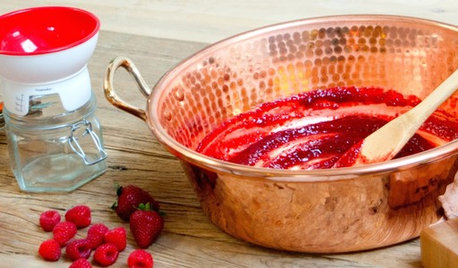
SHOP HOUZZHouzz Products: Save a Taste of Summer
Can't bear to part with the flavors of summer peaches, berries and tomatoes? Then jam on it!
Full Story
COLORBathed in Color: When to Use Pink in the Bath
Even a sophisticated master bath deserves a rosy outlook. Here's how to do pink with a grown-up edge
Full Story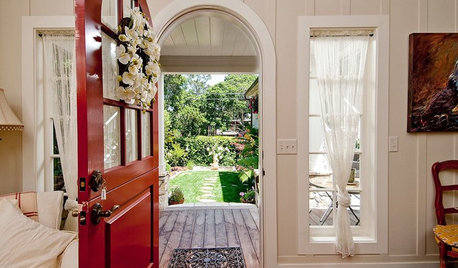
COLORHot Uses for Red Around the House
Spark some excitement from the front door to the back bedroom by bringing in this sultry, sexy color
Full Story
MOST POPULARHouzz Call: Show Us Your Winter View!
Share pictures of your home and garden in winter — whatever your climate, architecture and plantings
Full StoryMore Discussions









larry_gene
reg_pnw7
mooseriderOriginal Author
mooseriderOriginal Author
larry_gene
reg_pnw7
larry_gene
mooseriderOriginal Author
larry_gene
mooseriderOriginal Author
mooseriderOriginal Author
larry_gene
reg_pnw7
meaves27
Mike McGarvey
H
H